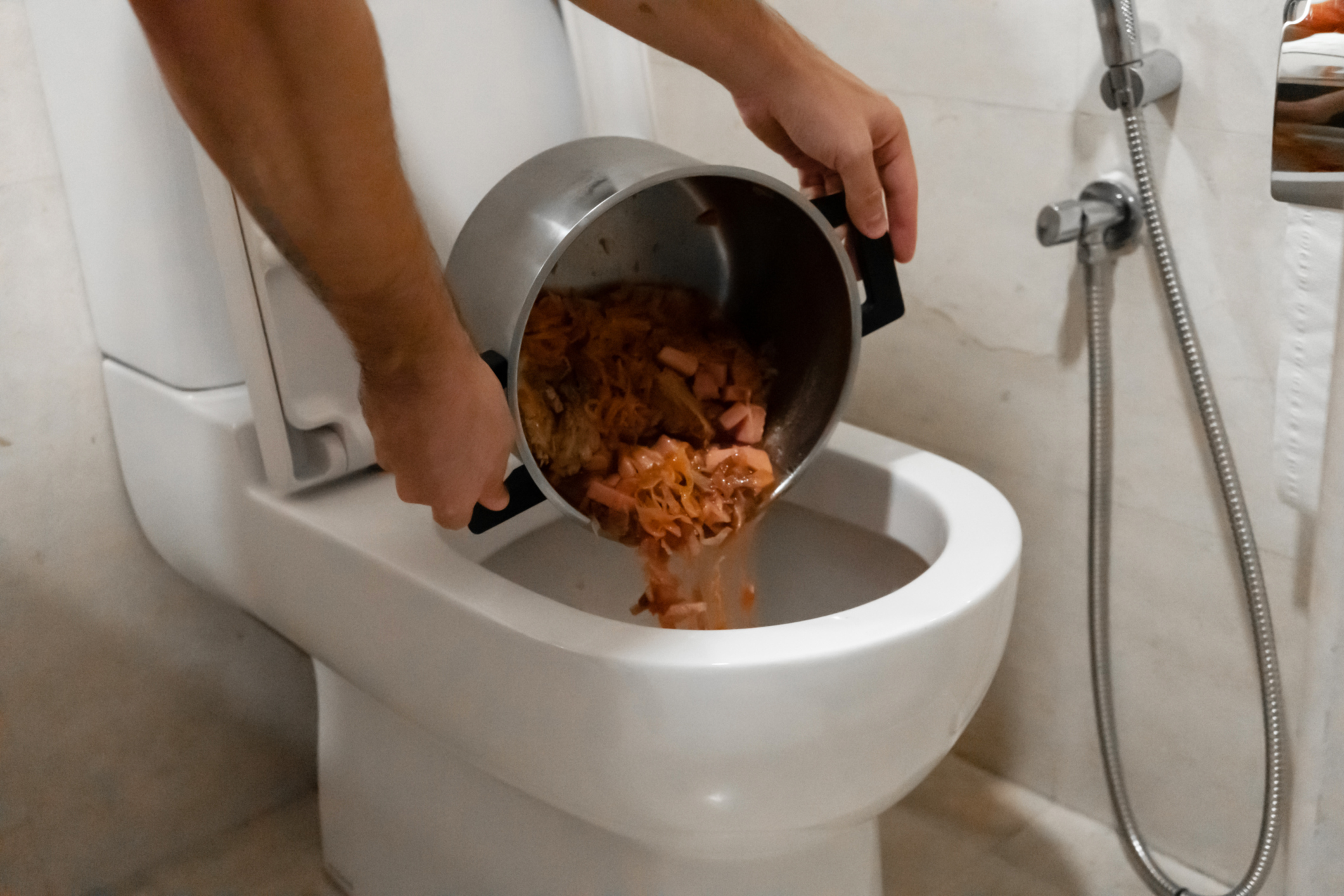Are You Allowed to Flush Food Down the Toilet?
Are You Allowed to Flush Food Down the Toilet?
Blog Article
Are you currently searching for help about Flushing Food Down the Toilet??

Intro
Many individuals are frequently confronted with the problem of what to do with food waste, especially when it involves leftovers or scraps. One usual question that arises is whether it's fine to flush food down the toilet. In this article, we'll look into the reasons individuals may consider purging food, the consequences of doing so, and different techniques for appropriate disposal.
Reasons that individuals may consider purging food
Lack of awareness
Some individuals may not understand the possible injury caused by flushing food down the commode. They may wrongly believe that it's a safe method.
Ease
Purging food down the toilet may look like a fast and simple option to throwing away unwanted scraps, particularly when there's no nearby trash bin readily available.
Laziness
Sometimes, individuals may just choose to flush food out of large negligence, without thinking about the repercussions of their actions.
Repercussions of flushing food down the toilet
Ecological impact
Food waste that winds up in waterways can add to contamination and damage aquatic communities. In addition, the water made use of to flush food can stress water sources.
Pipes concerns
Flushing food can bring about blocked pipes and drains, causing expensive plumbing repair services and aggravations.
Kinds of food that ought to not be flushed
Fibrous foods
Foods with coarse textures such as celery or corn husks can get entangled in pipelines and create obstructions.
Starchy foods
Starchy foods like pasta and rice can soak up water and swell, leading to obstructions in pipes.
Oils and fats
Greasy foods like bacon or cooking oils ought to never ever be flushed down the commode as they can strengthen and create obstructions.
Proper disposal approaches for food waste
Using a waste disposal unit
For homes outfitted with garbage disposals, food scraps can be ground up and purged via the plumbing system. However, not all foods are suitable for disposal in this way.
Recycling
Particular food product packaging products can be recycled, lowering waste and lessening environmental influence.
Composting
Composting is an eco-friendly means to throw away food waste. Organic products can be composted and used to enhance soil for horticulture.
The relevance of correct waste administration
Reducing environmental harm
Proper waste administration techniques, such as composting and recycling, aid minimize contamination and preserve natural deposits for future generations.
Shielding plumbing systems
By preventing the method of flushing food down the commode, house owners can prevent costly plumbing fixings and maintain the stability of their plumbing systems.
Final thought
Finally, while it may be appealing to purge food down the commode for benefit, it is very important to recognize the prospective repercussions of this activity. By adopting appropriate waste monitoring methods and disposing of food waste sensibly, people can contribute to much healthier plumbing systems and a cleaner atmosphere for all.
FLUSH FOOD DOWN THE TOILET?
FLUSHING FOOD CAN CAUSE BLOCKED DRAINS IN YOUR HOME
All of the plumbing fixtures in your home are connected to the same sewer pipe outside of your home. This outdoor sewer pipe is responsible for transporting all the wastewater from your home to the Council sewer mains. Even small pieces of food that go down the kitchen sink can cause problems for your sewer. It should therefore be obvious that flushing larger bits of food, such as meat, risks a clog in either the toilet itself or the sewer pipes. Flushing greasy food is even more problematic because oil coagulates when it cools, coating the interior lining of your pipes.
THE TOILET IS NOT A BIN
Food isn’t the only thing that people shouldn’t be flushing down the toilet. People use the toilet to dispose of all kinds of things such as tampons, makeup wipes, dental floss, kitty litter and even underwear. Water goes to great lengths to educate residents about the high costs and stress placed on wastewater treatment systems simply from people flushing the wrong stuff down the toilet. It costs taxpayers millions of dollars each year, and homeowners thousands in blocked drain repairs.
FLUSHING FOOD IS A WASTE OF WATER
Flushing food is a waste of our most precious resource - water. In June this year Level 1 water restrictions were introduced to protect water supply from drought conditions. Much of New South Wales continues to be affected by prolonged drought with recent figures revealing up to 97 per cent of the state remains in drought. Depending on whether you have a single or dual flush toilet, every single flush uses between five and 11 litres of water. In the current climate this is a huge amount of water to be wasting on flushing food that should be placed in the bin (or better yet, the compost).
https://www.jabplumbingsolutions.com.au/blog/can-you-flush-food-down-the-toilet

We were made aware of that article about Think Twice Before Flushing Food Down Your Toilet through a buddy on another web address. So long as you enjoyed our blog post kindly consider to share it. Many thanks for your time invested reading it.
View More Report this page